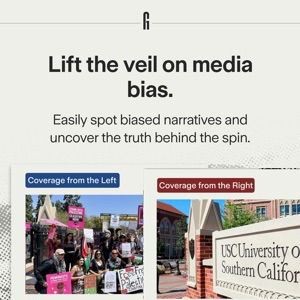NEW YORK — In a bold and definitely foolproof move to improve the city’s notoriously decrepit transit system, Mayor Eric Adams has assured New Yorkers that the new $15 congestion pricing fee will fix the MTA once and for all. “This is the missing piece,” Adams announced in a press conference, standing in front of an out-of-service subway turnstile and a crying commuter. “For decades, people have asked, ‘When will the MTA finally be reliable?’ Well, folks, that day is here. Just trust me, bro.”
The congestion pricing plan, was set to begin in mid-2024, will charge drivers $15 to enter Manhattan below 60th Street, a move city officials claim will reduce traffic, lower pollution, and—most importantly—miraculously transform an agency that has spent decades misplacing billions of dollars into a model of efficiency. “This is not just about raising revenue,” Adams continued. “This is about accountability. With congestion pricing, we are making a promise to New Yorkers: your subway will still be late, but now, it’ll be late with extra funding.”
A Simple, Flawless Plan
Supporters of the plan argue that the congestion fee will force more people to rely on public transportation, which is a compelling argument assuming they can find a train that isn’t delayed, rerouted, or emitting a mysterious burning smell. “We want to incentivize public transit,” said MTA Chair Janno Lieber, moments before an announcement blared over the speakers that the press conference was being relocated due to ‘signal malfunctions.’
Despite concerns, the city insists the plan will work. “Fifteen dollars a day may seem like a lot,” said one city official, “but it’s a small price to pay to sit in traffic for 45 minutes before getting to Midtown.”
A New Golden Age for the MTA (Any Day Now, We Swear)
New Yorkers have been promised that revenue from congestion pricing will be reinvested into the MTA, though longtime residents remain skeptical, given the agency’s history of treating money with the same care and responsibility as a drunk tourist swiping their last $20 at a broken MetroCard machine.
“I’ve heard this song before,” said Brooklyn resident Jerome Walker. “Every time the MTA gets more money, they tell us it’s for ‘improvements.’ Then, next thing you know, the subway fare goes up, the L train still doesn’t work, and I’m stuck in a tunnel listening to a mariachi band for 25 minutes.”
City officials, however, remain optimistic. “We’re going to upgrade stations, improve service, and modernize our fleet,” Lieber reassured the public, adding that these goals would be met “as soon as we finish paying off the debt from our last set of upgrades, which should happen any decade now.”
Unexpected Consequences: The Rise of the ‘Congestion Smugglers’
As expected, many drivers are already searching for ways to avoid the fee, leading to what officials are calling the “Congestion Smuggling” industry. Reports indicate that some enterprising individuals in Brooklyn and Queens have begun offering “alternative routes” into Manhattan, including:
- The Staten Island Detour: A highly questionable, four-hour route that involves driving through New Jersey and taking three separate bridges, all to avoid the $15 fee.
- The Car Trunk Taxi Service: A black-market Uber variant where passengers lie in the trunk to enter the congestion zone undetected. “It’s cheaper, but I wouldn’t recommend it if you have claustrophobia,” said one driver.
- The Reverse-Rickshaw: Where desperate commuters pay cyclists to pedal them into Midtown inside an old shopping cart. “It’s sustainable,” one operator claimed before being aggressively ticketed by NYPD.
Trust the Process, or Just Accept Your Fate
Despite pushback, Mayor Adams remains confident that congestion pricing is the best way forward. “People said we couldn’t do it. People doubted us,” he said, straightening his tie while an F train screeched to a halt behind him. “But I promise you, this plan will fix the MTA. Just… just trust me, bro.”
At press time, the MTA released a statement confirming that all congestion pricing revenue will be allocated toward “critical infrastructure projects,” which, based on past spending, will likely include a new marketing campaign, a $600,000 feasibility study on whether subway seats should be softer, and an expensive but ultimately useless set of AI-powered turnstiles that will somehow manage to be even more confusing than the current ones.
For now, New Yorkers can only do what they do best—adapt. “At this point, I’ve accepted that nothing will ever change,” said commuter Maria Lopez, shrugging as she waited for an M train that may or may not exist. “I just Venmo my paycheck directly to the MTA now. It saves time.”


